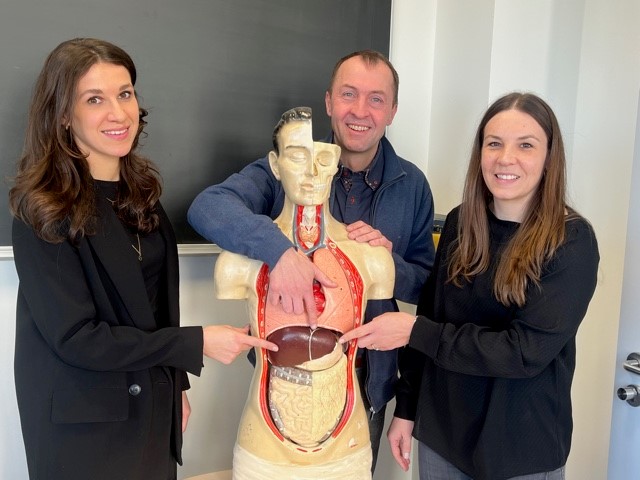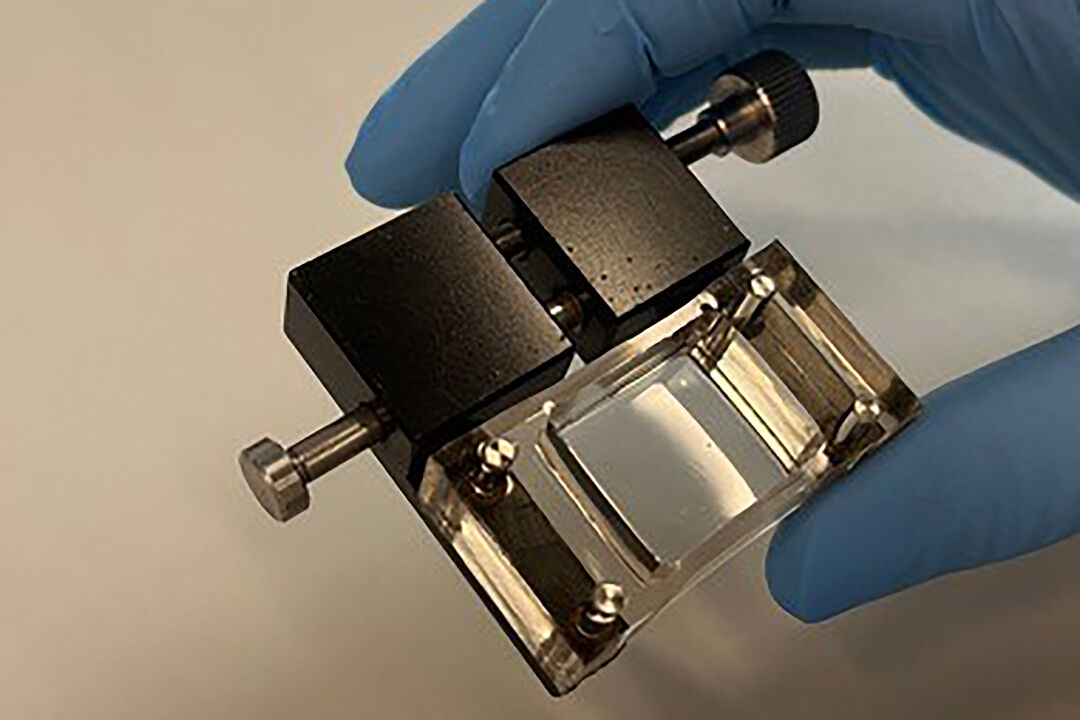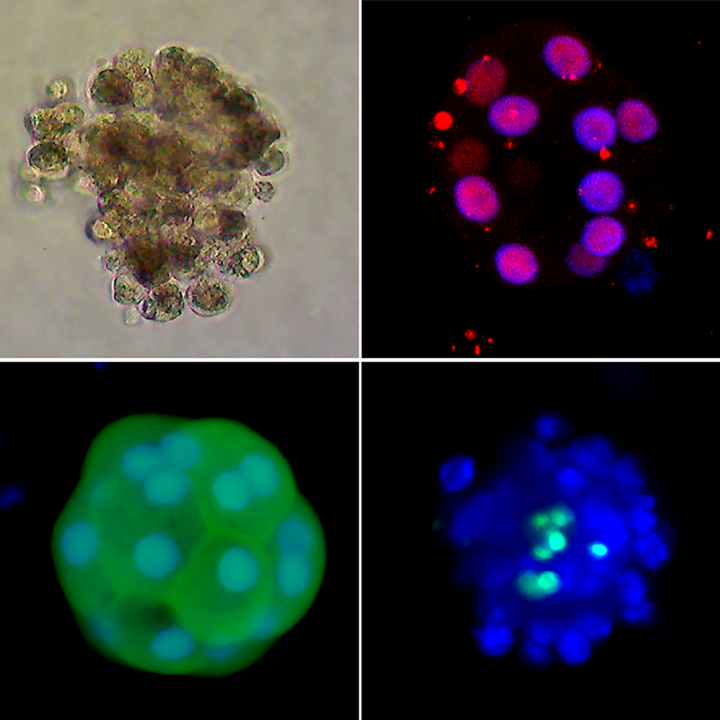The ability of the human liver to regenerate was already described in Greek mythology: Legend has it that Zeus ordered the Titan Prometheus to be chained to a rock, where an eagle ate his liver every day, which then always grew back. Liver regeneration is also common practice in medicine: If a surgeon removes half of a person’s liver, the remaining healthy half grows back to full size within a few weeks.
Doctors need transplantable liver tissue on a daily basis due to life-threatening liver damage caused by e.g. fatty liver disease, virus infections and cancer.
However, although the regenerative capacity of the liver is well known, it has not yet been possible to achieve hepatocyte multiplication in a tissue culture or grow liver tissue outside the human body for subsequent transplantation. In 2018, the research team headed by Professor Dr Eckhard Lammert from the Institute of Metabolic Physiology at HHU demonstrated that blood vessels release growth factors for hepatocytes when part of the liver is missing (Lorenz et al, Nature 2018, 562: 128-132).
In collaboration with Professor Dr Hadi Al-Hasani (DDZ), Professor Lammert and his team have now identified the growth factor MYDGF. Blood vessels release this factor to activate the regeneration of the liver. Dr Linda Große-Segerath and Paula Follert, the lead authors of the study now published in Nature Communications, explain the methodology: “A mechanical stimulus of the blood vessels plays a role in the release of growth factors. We achieve this in the laboratory by loading the blood vessel cells in a stretch chamber, which enables us to stretch the cells mechanically.”
Together with the working group headed by Professor Dr Wolfram T. Knoefel (Department of General, Visceral and Paediatric Surgery, UKD) and Professor Dr Stefan Heinrich (Department of General, Visceral and Transplant Surgery at the University Medical Center Mainz), the researchers showed that patients release more of this growth factor into their blood following partial removal of the liver – a so-called liver resection.
Together with the HHU working groups headed by Professor Dr Jürgen Scheller (Institute of Biochemistry and Molecular Biology II) and Professor Dr Bodo Levkau (Institute of Molecular Medicine III), it was also possible to show in preclinical experiments that MYDGF is necessary for liver regeneration. In tissue cultures, it was confirmed that the growth factor stimulates the proliferation of human hepatocytes.
Professor Lammert, corresponding author of the study: “From the discovery of the growth factor, we expect to be able to achieve better regeneration of liver tissue in the future when MYDGF is added on a targeted basis. We also hope to be able to produce tissue synthetically.”
The research work was funded by, among others, the Federal Ministry of Health, the Federal Ministry of Education and Research, the Ministry of Culture and Science of the State of North Rhine-Westphalia and the German Research Foundation.
Original publication:
Linda Große-Segerath, Paula Follert, Kristina Behnke, Julia Ettich, Tobias Buschmann, Philip Kirschner, Sonja Hartwig, Stefan Lehr, Mortimer Korf-Klingebiel, Daniel Eberhard, Nadja Lehwald-Tywuschik, Hadi Al-Hasani, Wolfram Trudo Knoefel, Stefan Heinrich, Bodo Levkau, Kai C. Wollert, Jürgen Scheller & Eckhard Lammert, Identification of myeloid-derived growth factor as a mechanically-induced, growth-promoting angiocrine signal for human hepatocytes, Nature Communications (2024).




